Chem 2C Midterm 1
1/67
Earn XP
Description and Tags
Made by FuzzyMonkey95 on quizlet (NOT MINE)
Name | Mastery | Learn | Test | Matching | Spaced |
|---|
No study sessions yet.
68 Terms
Cathode
Reduction

Anode
Oxidation
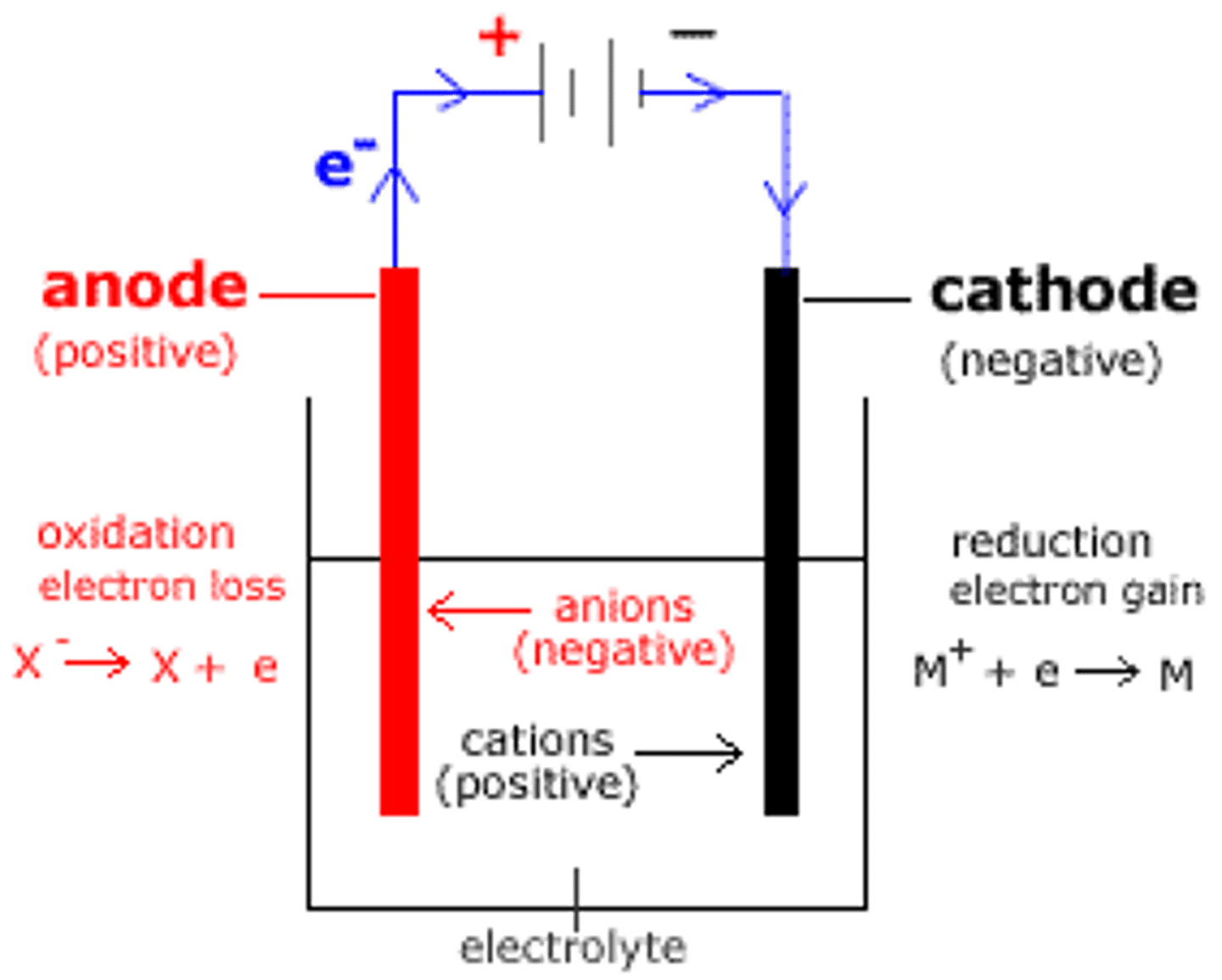
Primary Cell Batteries
Cannot be recharged (dry cell batteries, silver-zinc batteries)

Dry Cell Batteries
Acidic or alkaline, anode = zinc and cathode = manganese oxide. Hold charge a long time, and good for emergency use
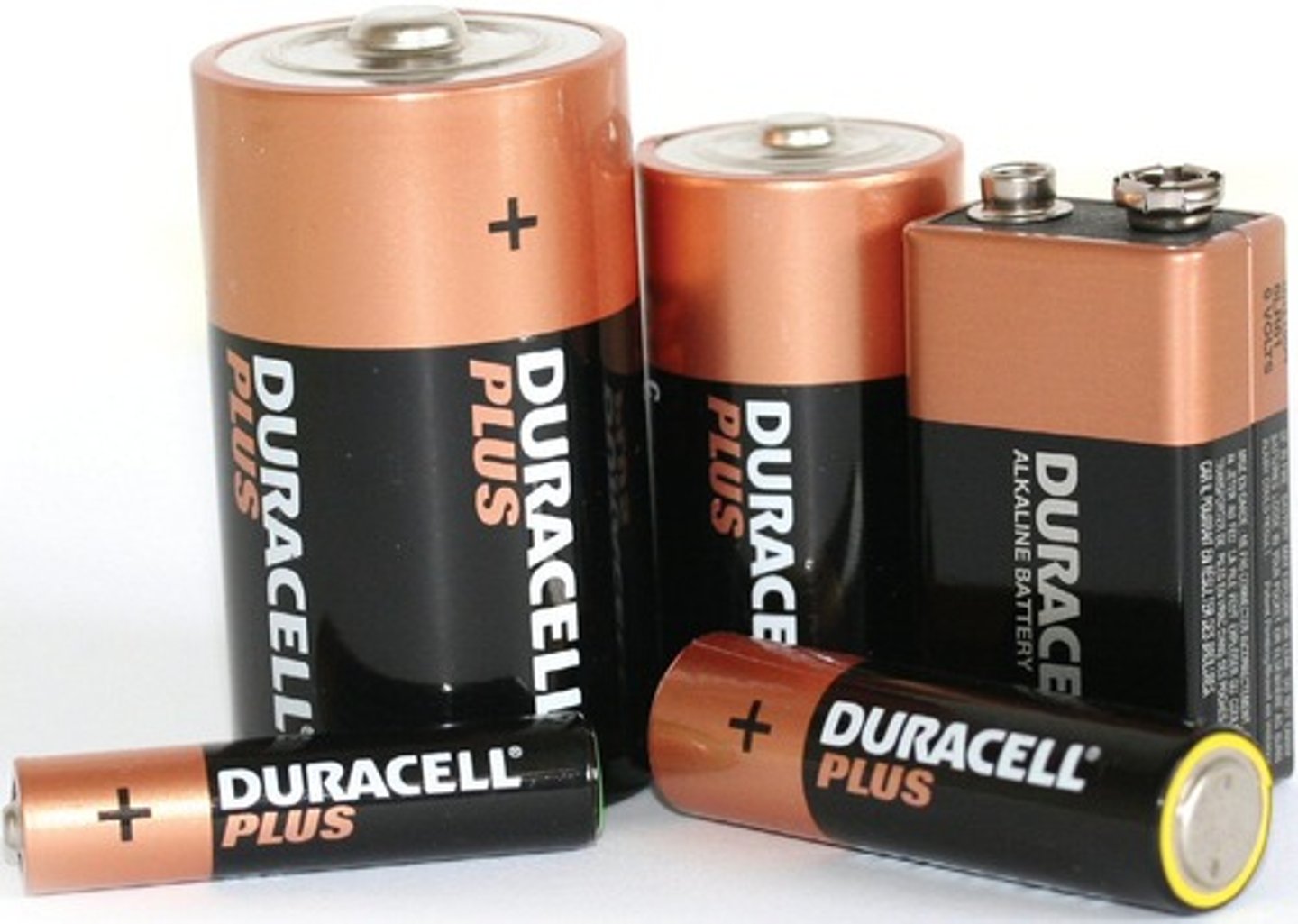
Silver-Zinc/Button Batteries
Small with a high-storage capacity, very toxic if swallowed, anode = zinc and cathode = silver
Secondary Cell Batteries
Can be recharged, cell reaction reversed with electricity

Lead-Acid/Storage Batteries
Concentration cell with HSO4 and lead, used for car batteries, can last for years, can explode if jumped incorrectly, needs to be topped off with water as HSO4 concentration changes over time, can't start at low temps due to contraction

NiCad Batteries
Home-use rechargable batteries and have memory, alkaline, anode = cadmium and cathode = nickel

Lithium Battery (Li-Ion Cell)
Reliable with long lifetime, twice the capacity of NiCad batteries, avoid heat, used in pacemakers and laptops and more, have potential for deep discharge but varies. Cathode and anode are different kinds of lithium ions/compounds

Flow/Fuel Cell Batteries
Converts chemical to electrical energy, fuel and oxygen, used by power-plants and NASA, cell burns cleanly with only water as a product, spontaneous, platinum is used as a catalyst, not really a battery

Air Batteries
Water and aluminum used as reactants, cathode is oxygen, aluminum from reaction recycled and reused, must be reset every 250 miles (add 6 gallon of water, remove aluminum hydroxide)

Corrosion
Oxidation of metal, for example rust where cathode = oxygen and water and anode = iron
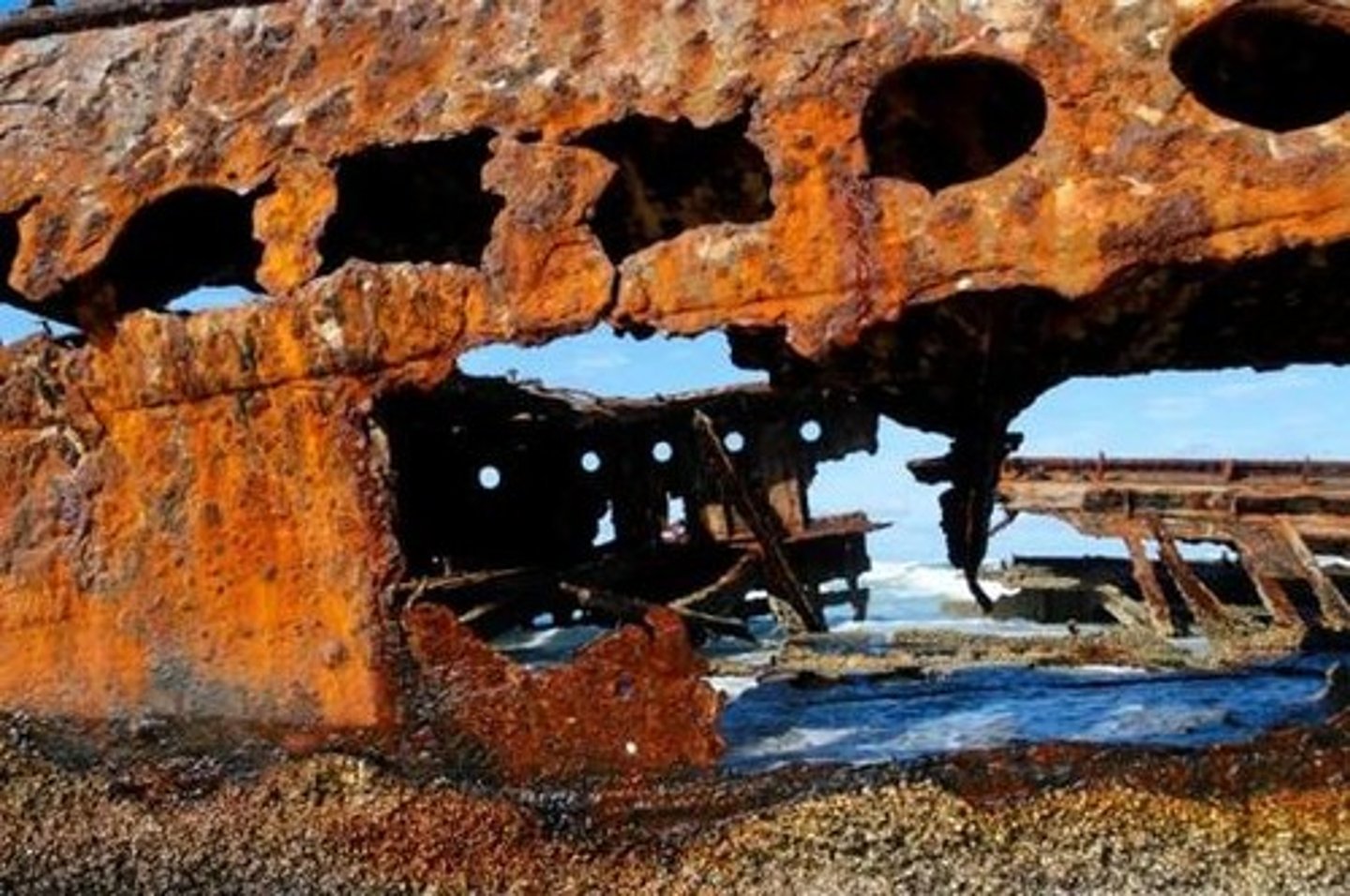
Plating
putting a sacrificial anode onto another metal to prevent corrosion
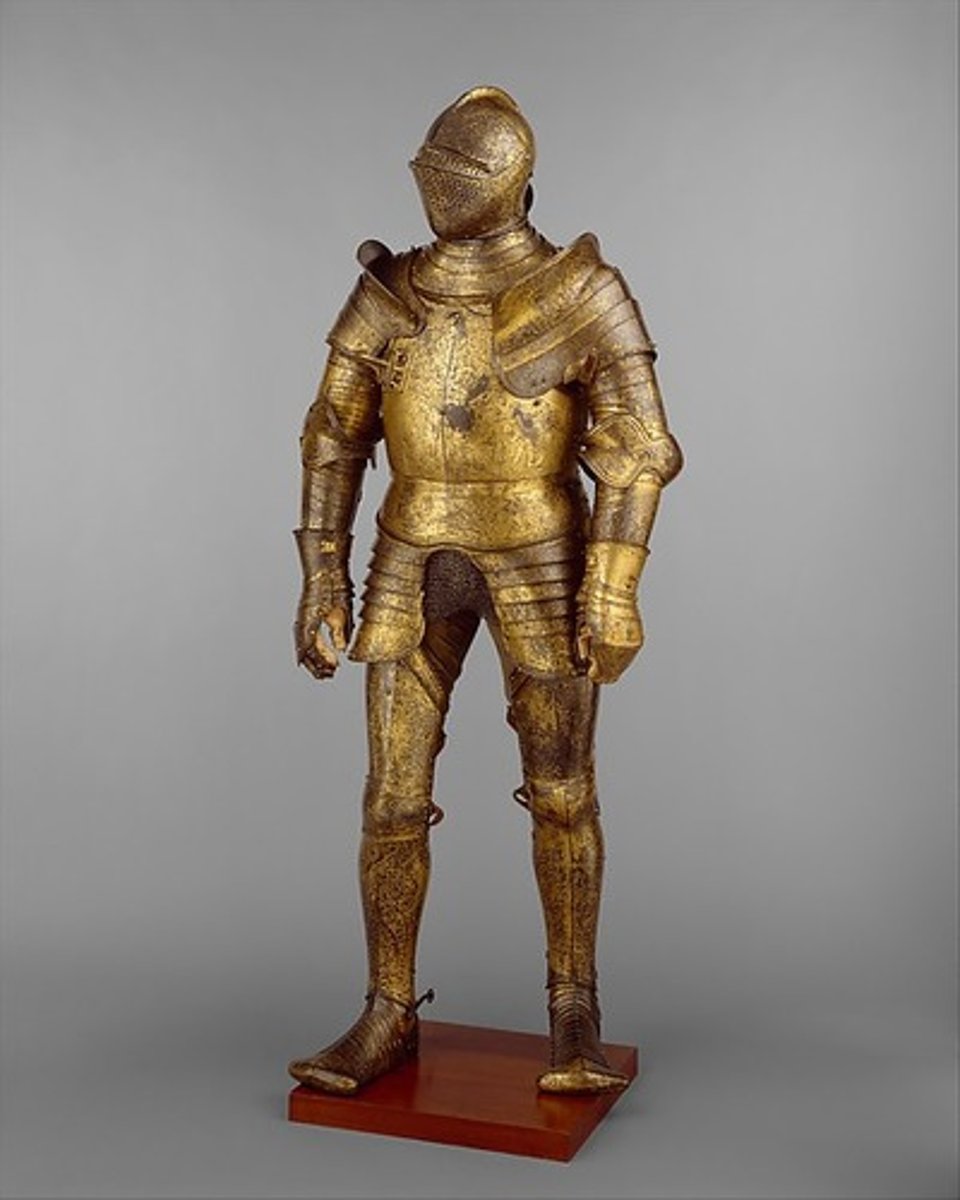
Alloy
Mixture of metals, homogeneous or not
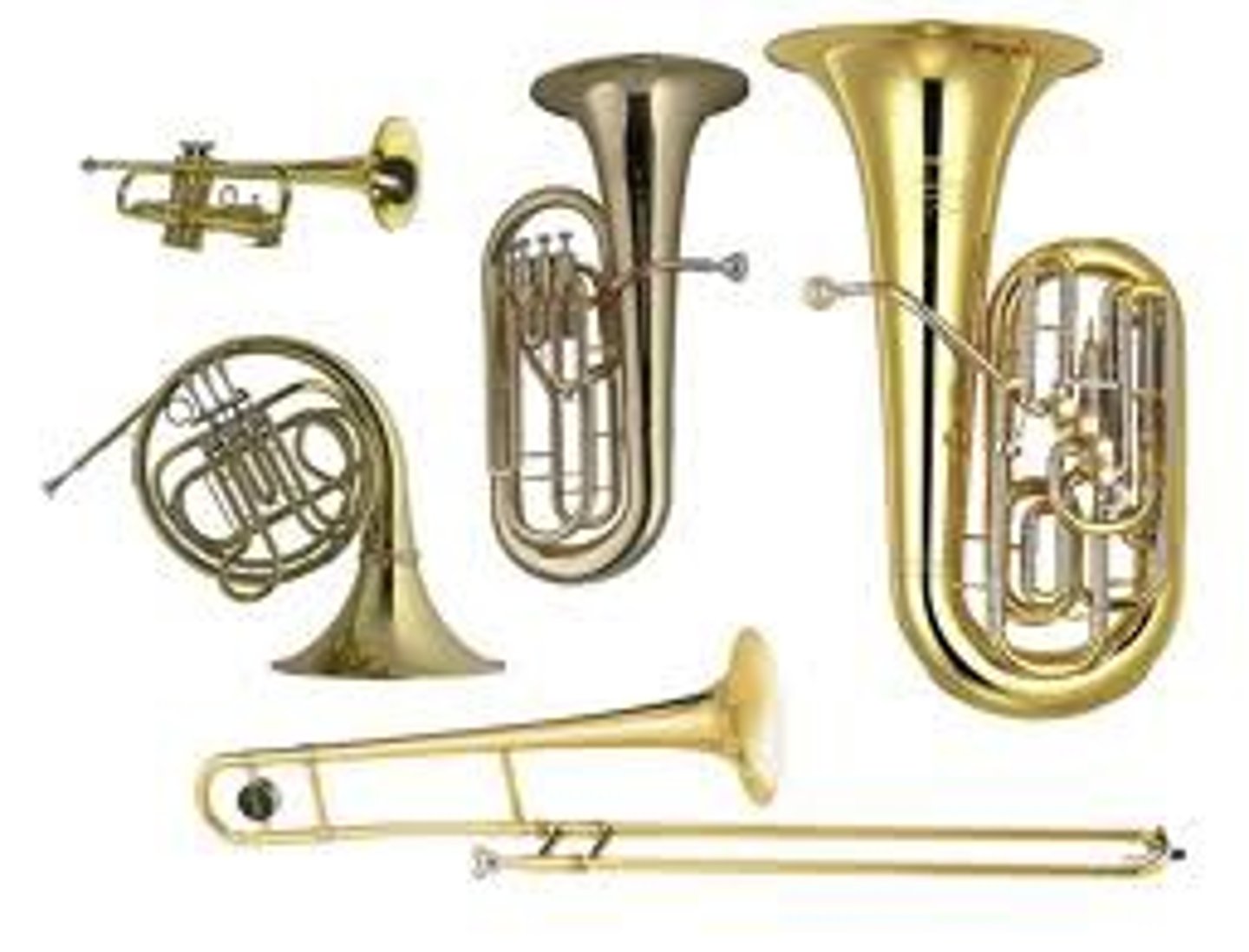
Cathode Protection
technique for controlling corrosion of a metal
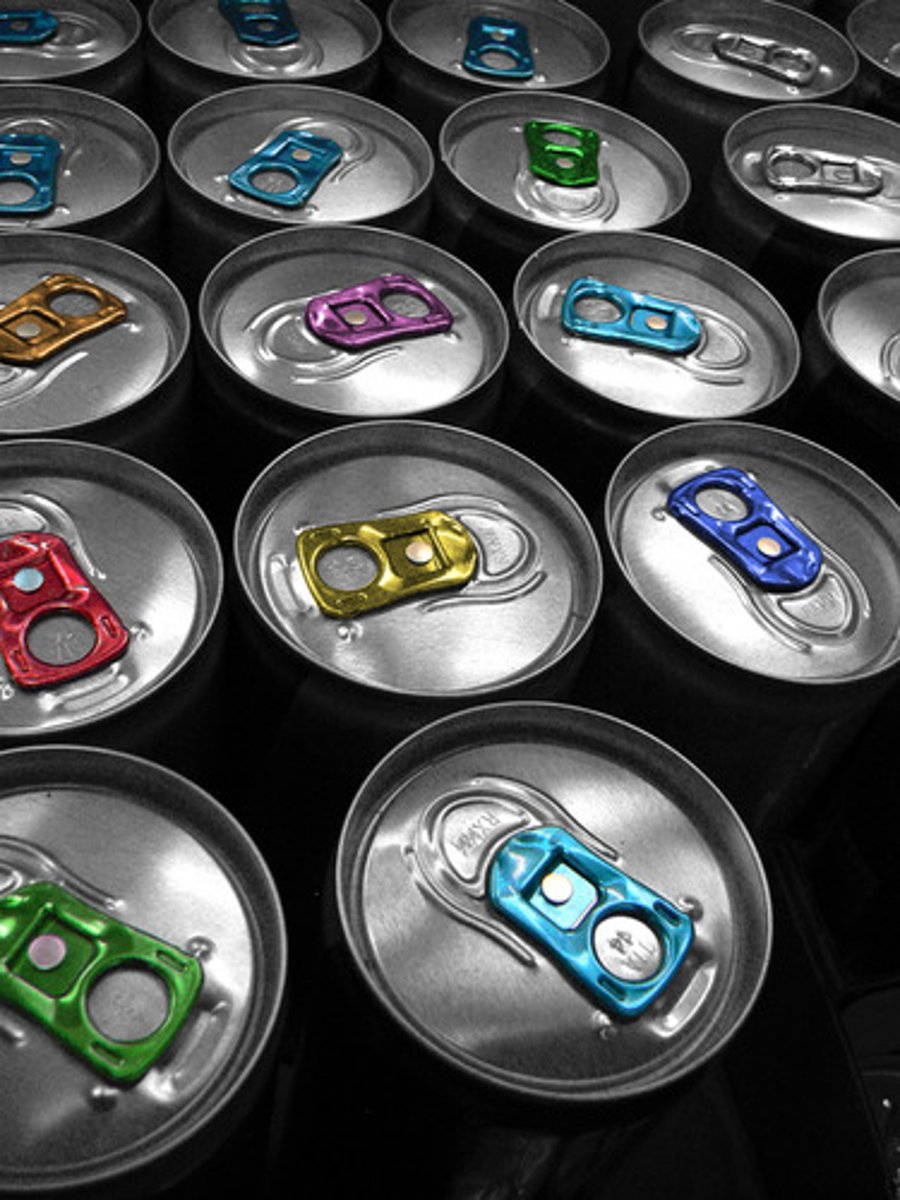
Sacrificial Anode
Oxidizes first before metal it's protecting

Electrolysis
Forcing a non-spontaneous reaction to occur via electricity
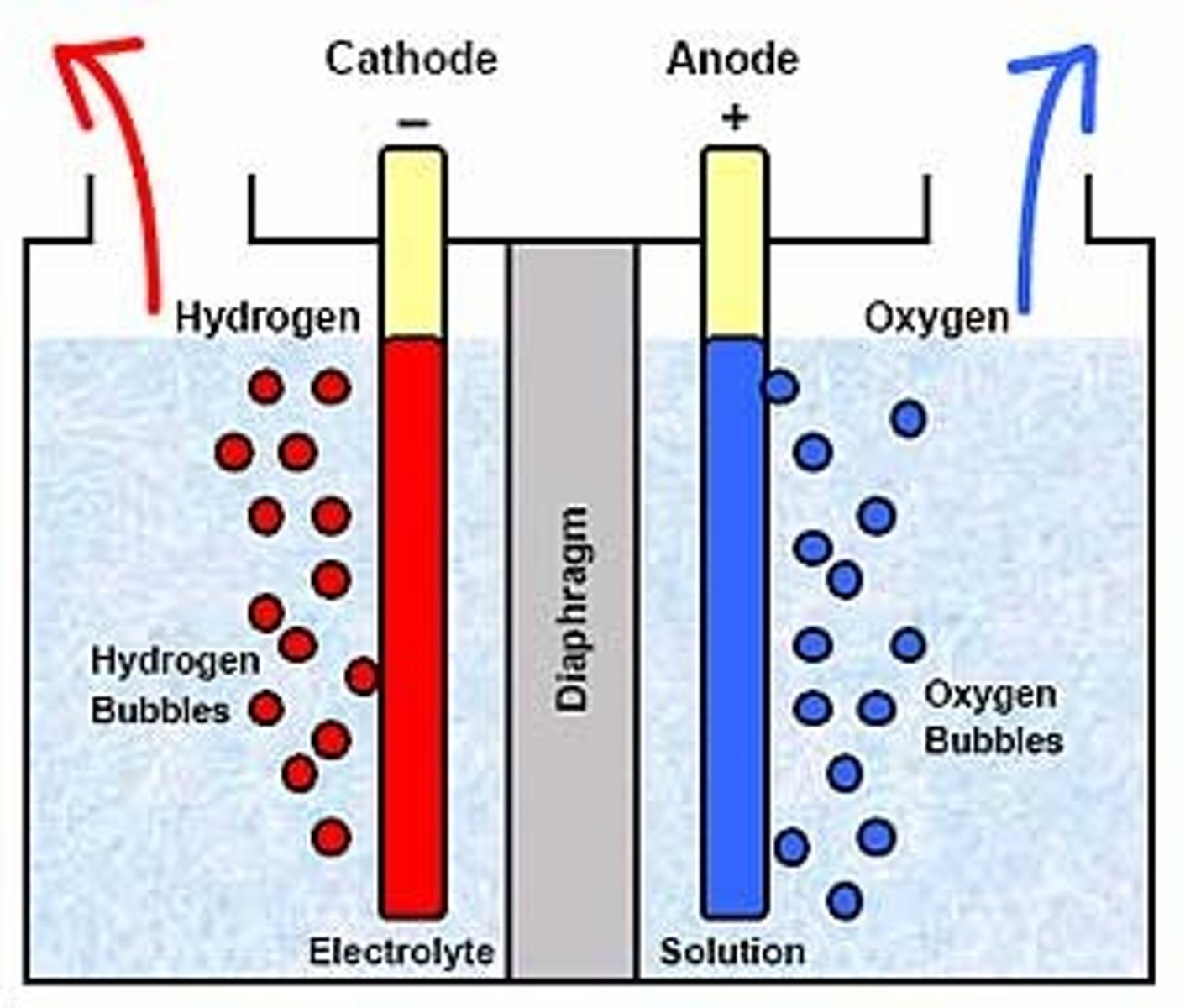
Radii
decrease and then increase across row, first row is small and second and third rows are approximately the same because of lanthanide contraction
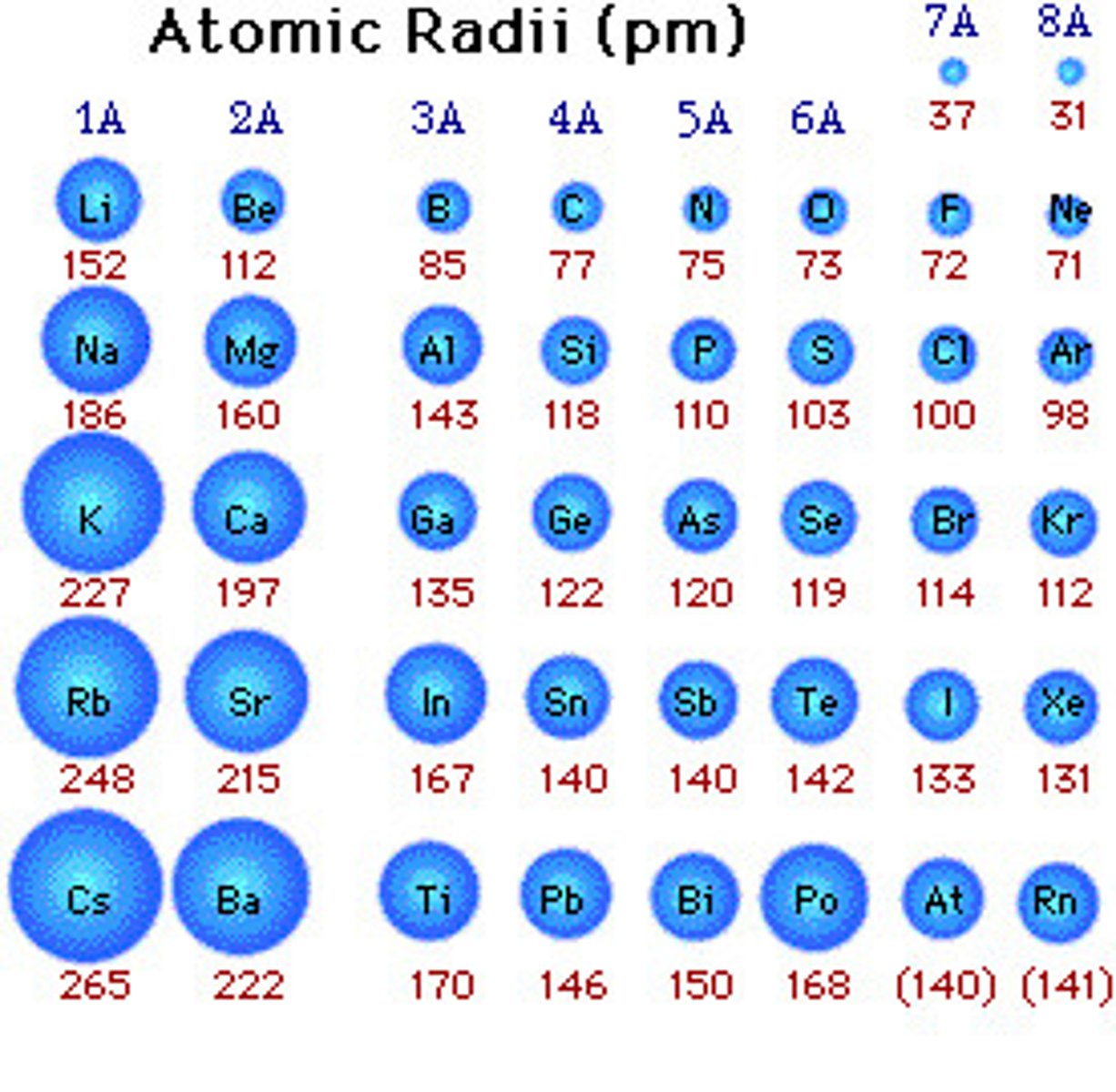
Density
increases then decreases across the row, and third row has significantly higher densities than other rows because of lanthanide contraction
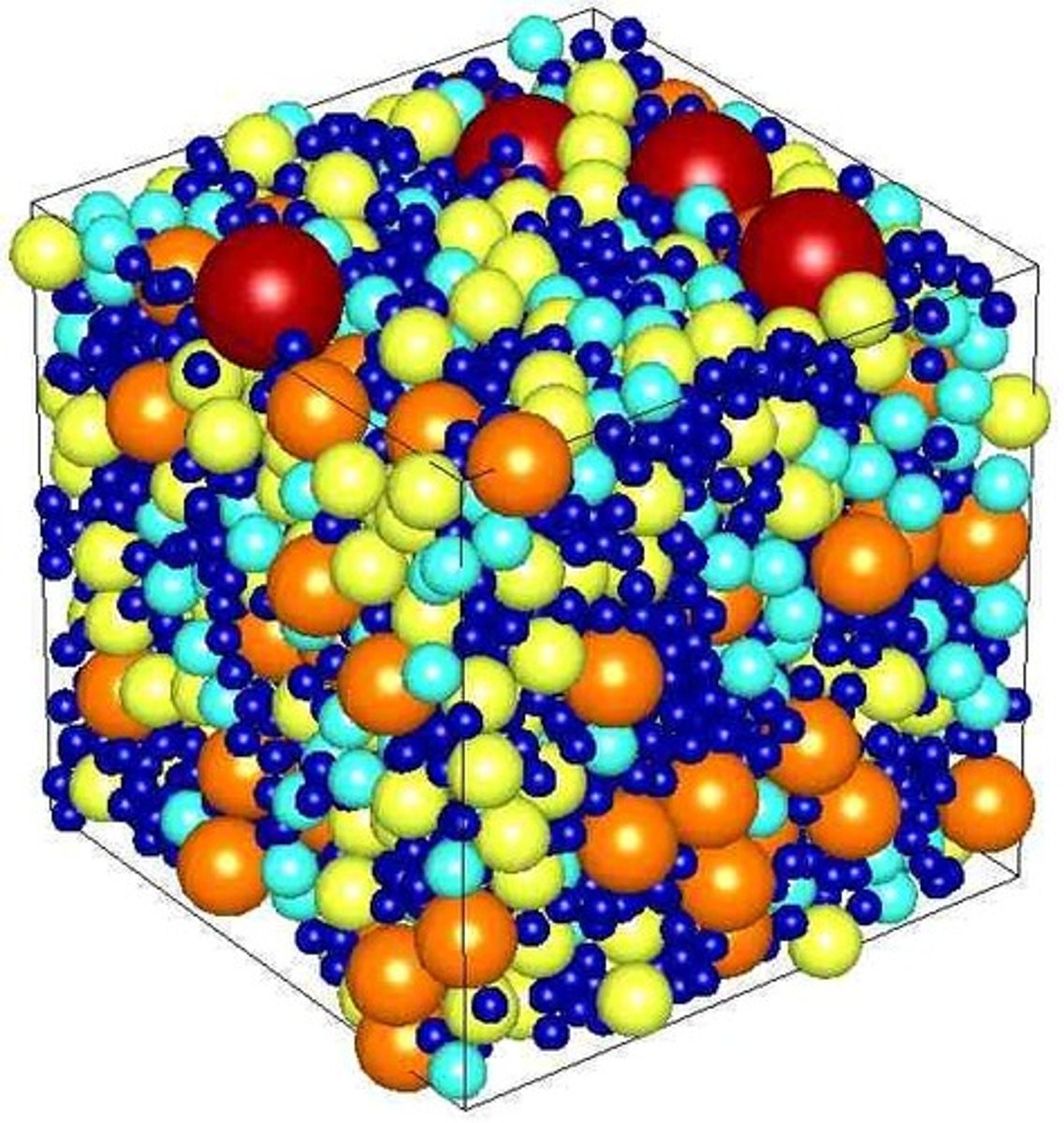
Transition Metal Character
ionic and covalent
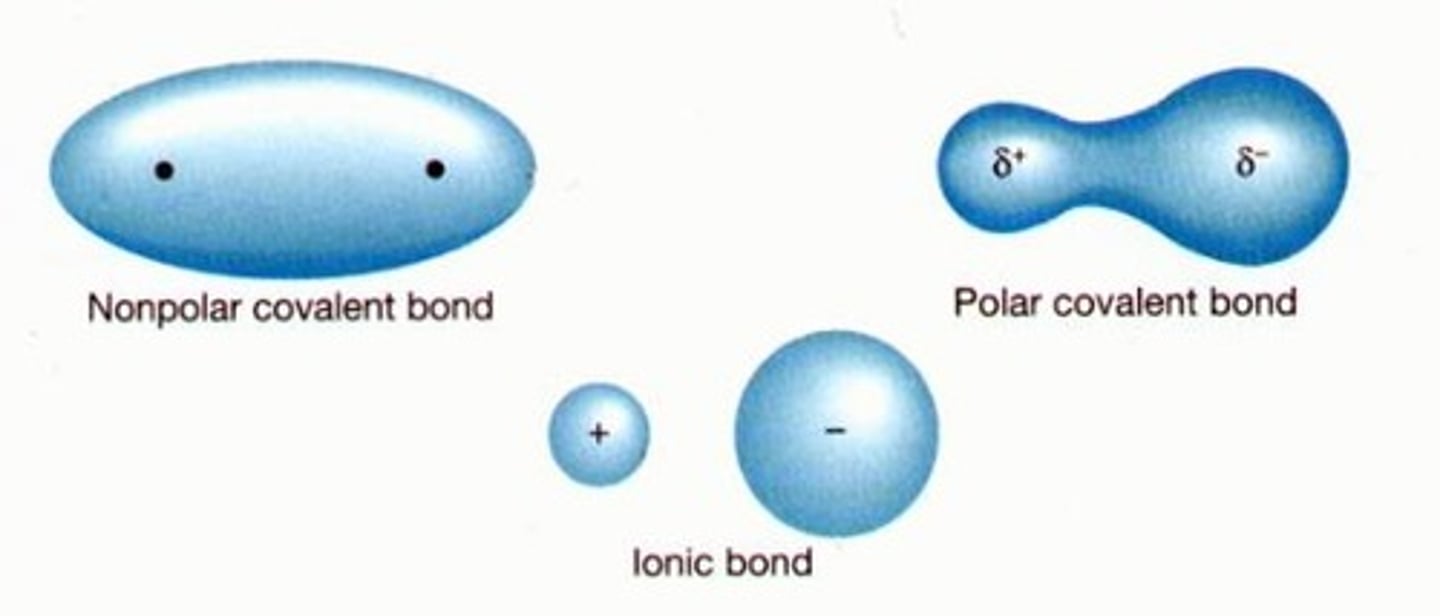
Color
Partially filled d shells give color, and fully filled or unfilled ones are colorless or white
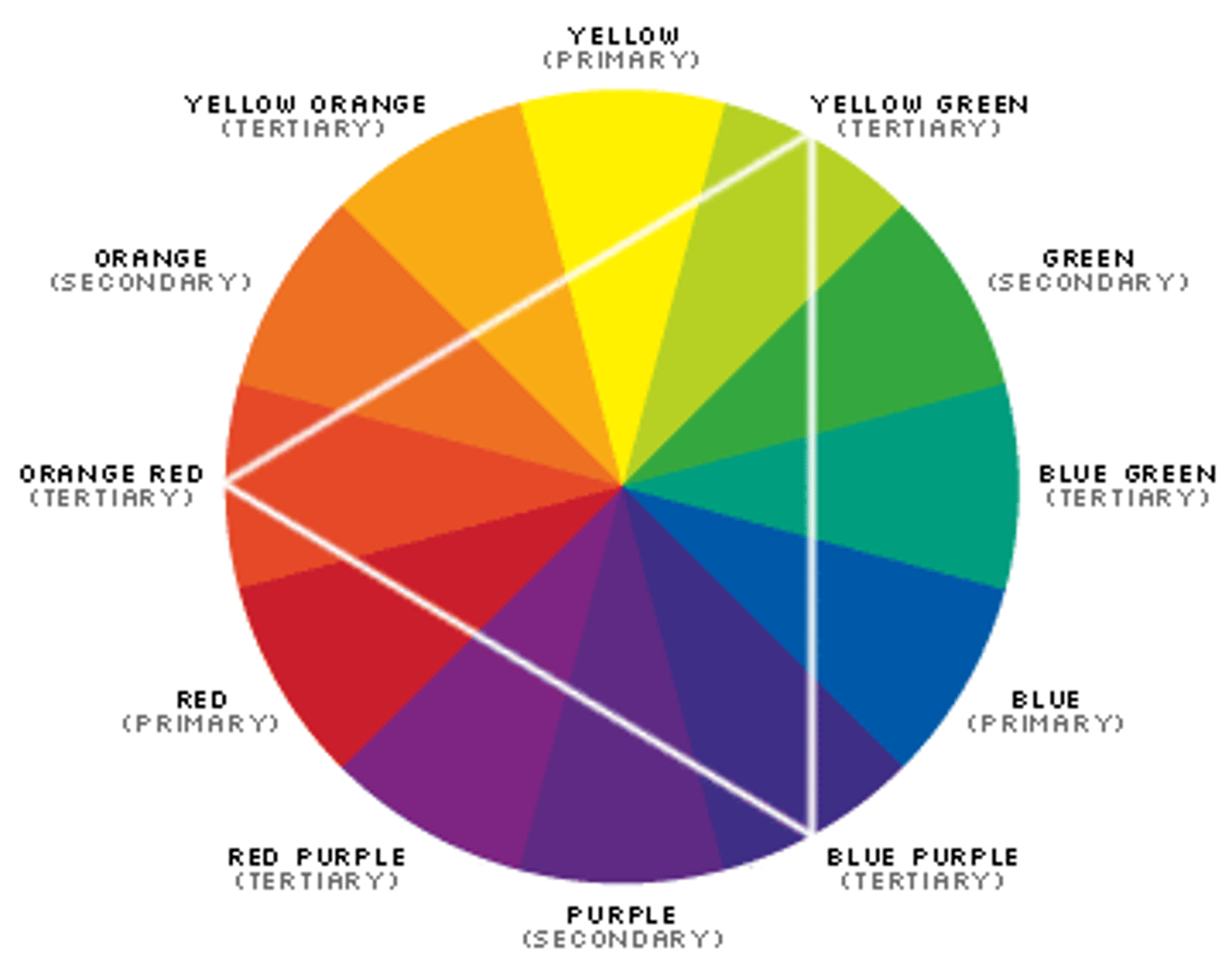
Magnetism
Paramagnetic or ferromagnetic
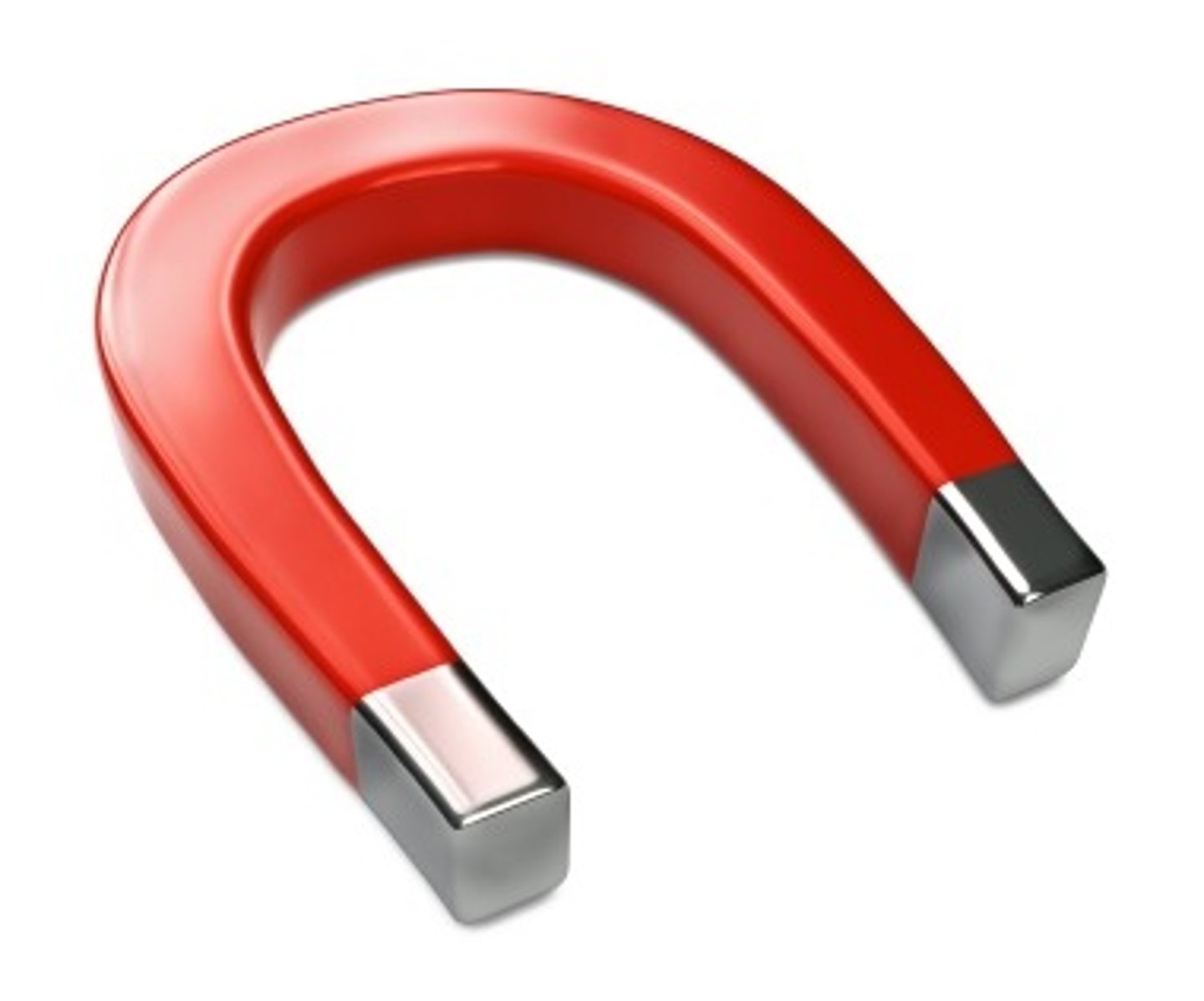
Metallurgy
Process of making pure metal from ore

Palladium
catalytic converters, medical equipment, jewelry (white gold), blood sugar test strips

Scandium
Rare element
+3 oxidation state
resembles that of the lanthanides, colorless and diamagnetic
prepared by electrolysis of molten ScCl3
Used in high-intensity lamps, aluminum alloys (bats, bicycles, aerospace components),
dentistry lasers

Titanium
Low density and high strength
Used in jet engines, artificial bones/joints and to make pipes, pumps, and reaction vessels
in the chemical industry
Titanium(IV) oxide, TiO2
Highly opaque substance so used as white pigment in paper, paint, and plastics
Exists in compounds in the +4 oxidation state

Vanadium
Used in alloys with titanium and iron since it is hard and corrosion-resistant
• Vanadium(V) oxide (V2O5): Used in engine parts, axles and as industrial catalyst for
the production of sulfuric acid
Principal oxidation state +5
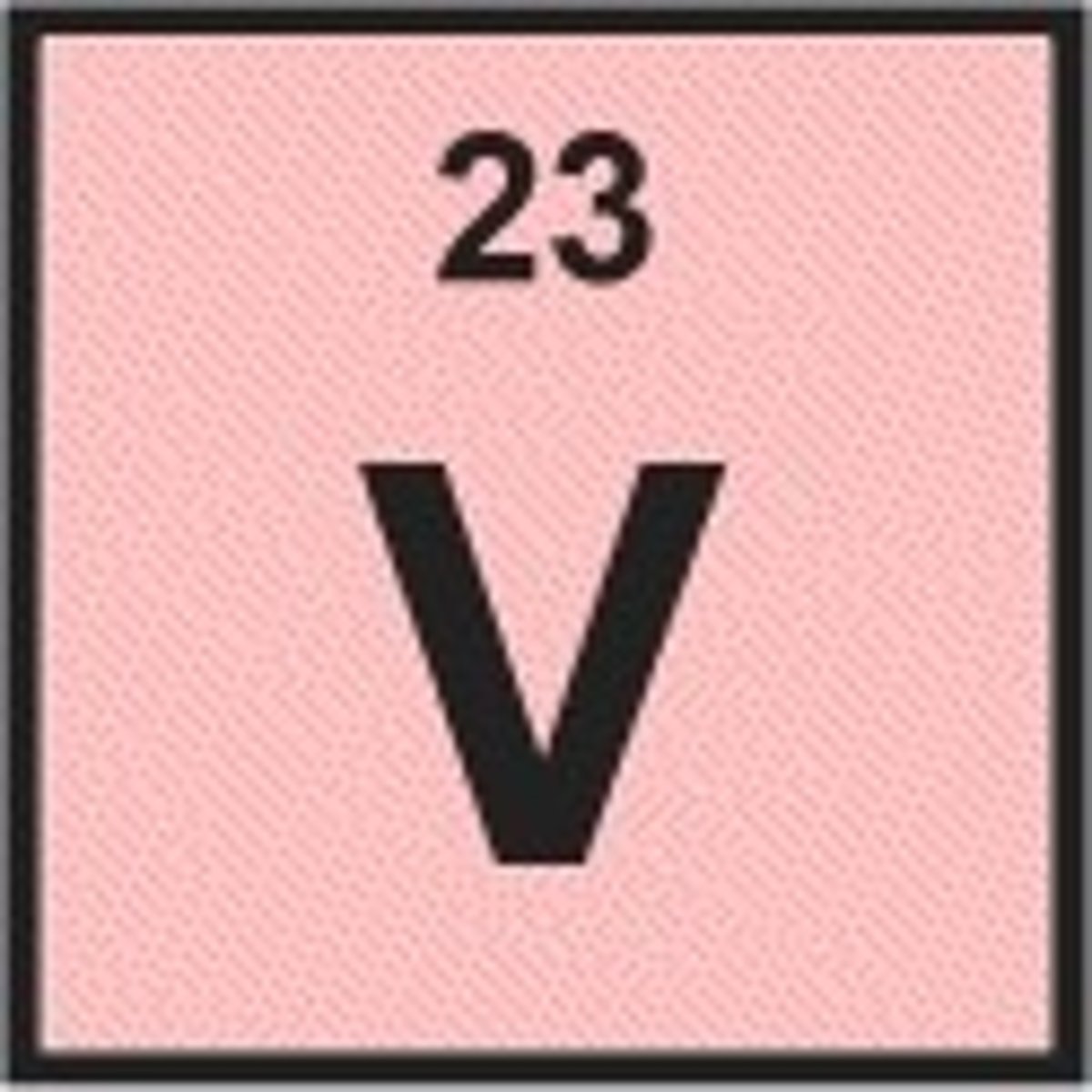
Chromium
• Rare element and an important industrial material, Chief ore - Chromite (FeCr2O4)
• Hard and brittle
• Maintains a bright surface by creating a tough invisible oxide coating (corrosion resistant)
• oxidation states +2, +3, or +6
• Chromium (VI) species are excellent oxidizing agents in acidic solution (Reduction of
dichromate ion (Cr2O72–) to the Cr3+ ion.
• Used in plating, the red color of rubies, pigments, leather tanning, wood preservative,
catalyst, and Cleaning solution which is A mixture of chromium(VI) oxide and concentrated
H2SO4 (Powerful oxidizing medium that can remove organic materials from analytical
glassware)
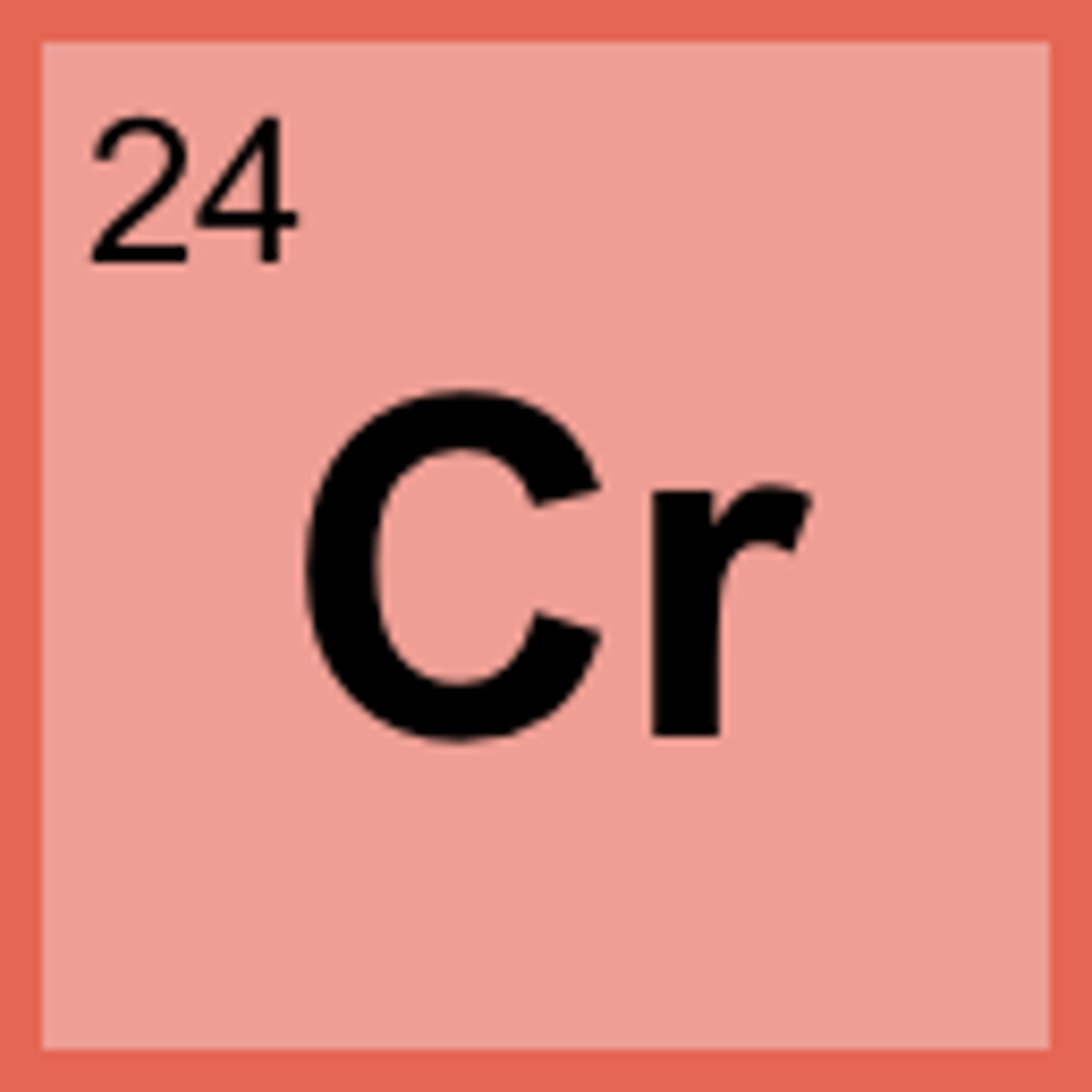
Manganese
Source - Manganese nodules (MnO2 as the primary ore)
• Found on the ocean floor in the form of spherical rocks
• Exists in all oxidation states from +2 to +7
• Used as a pigment, rust treatment, gasoline additive
• Used for producing hard steel, which is used for rock crushers, bank vaults, and armor plates, and dry cell batteries
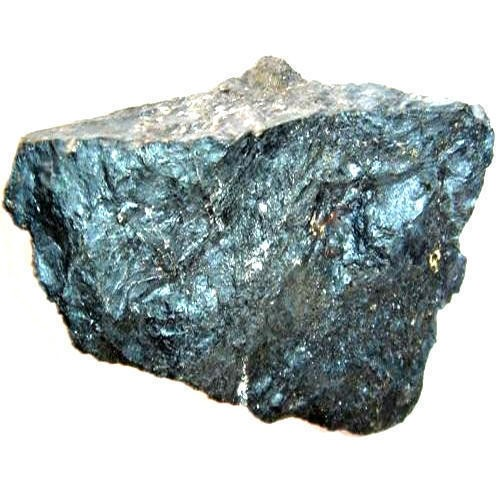
Iron
Most abundant heavy metal
• The most important element in modern civilization, its production started in
the Middle Bronze Age
• Most common element by mass on Earth, which forms the inner and outer
core
• Highly reactive toward oxidizing agents: Iron rapidly oxidizes in moist air to
form rust
• +2 and +3 oxidation states, Used in Steel, Alloys, and Haemoglobin.
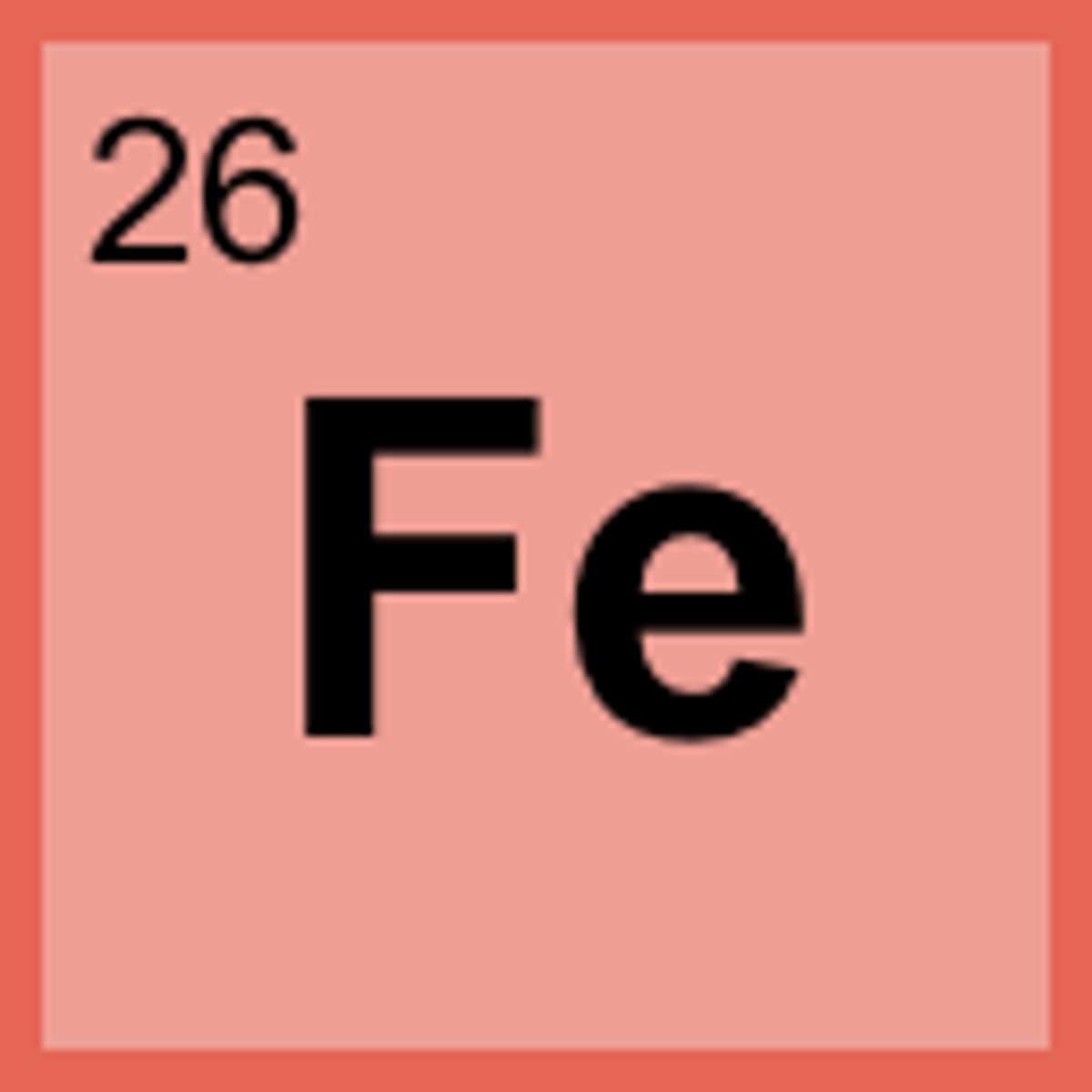
Cobalt
Appears bluish white, very toxic.
• +2 and +3 oxidation states
• Used in alloys such as stainless steel, dyes to color glass, catalyst, B12, magnets, drill bits
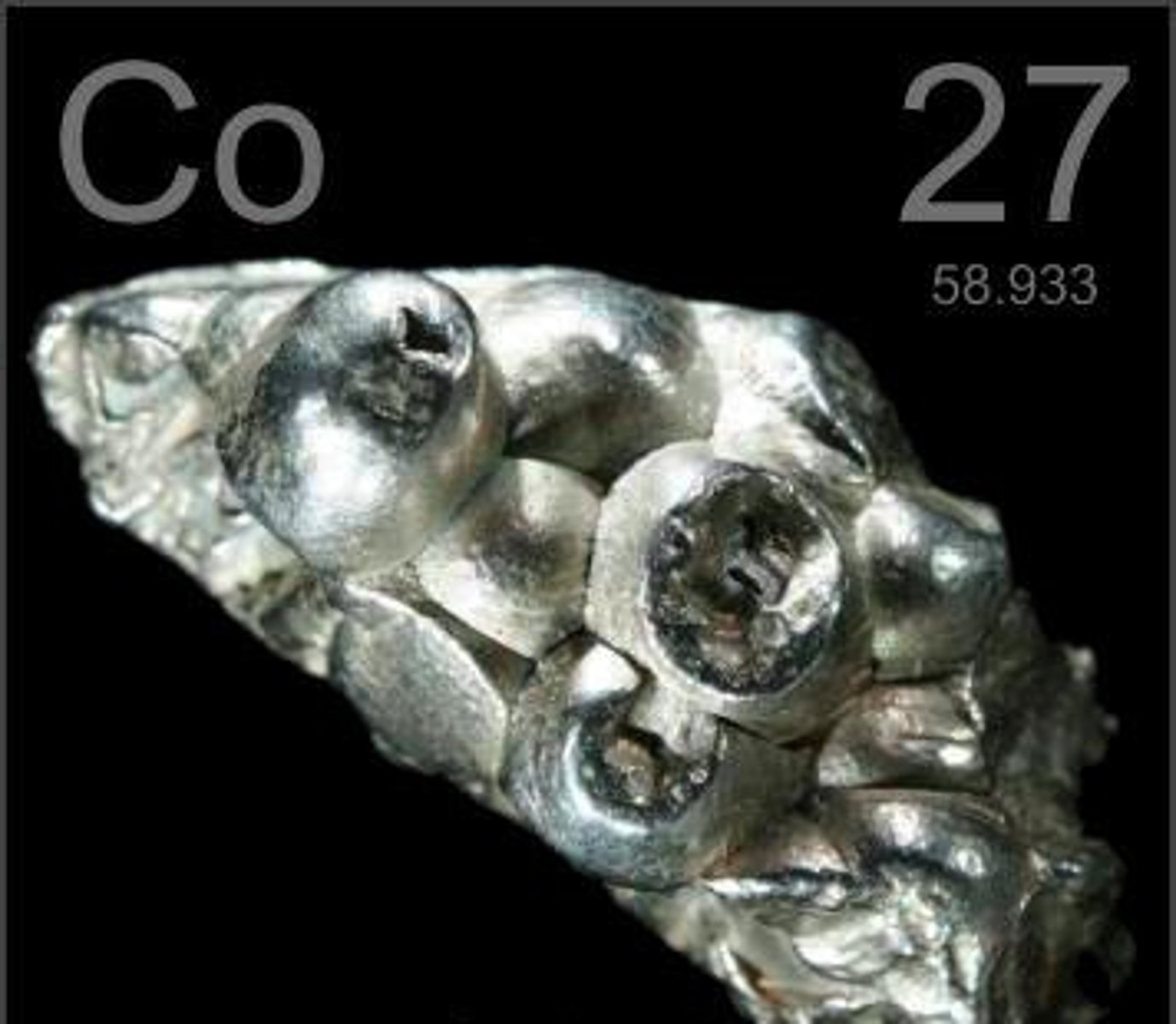
Nickel
Has high electric and thermal conductivity
• Resistant to corrosion, +2 oxidation state
• Used for plating, steel, alloys, coinage, electroplating, magnets,
NiCad batteries, guitar strings, catalysts for hydrogenation
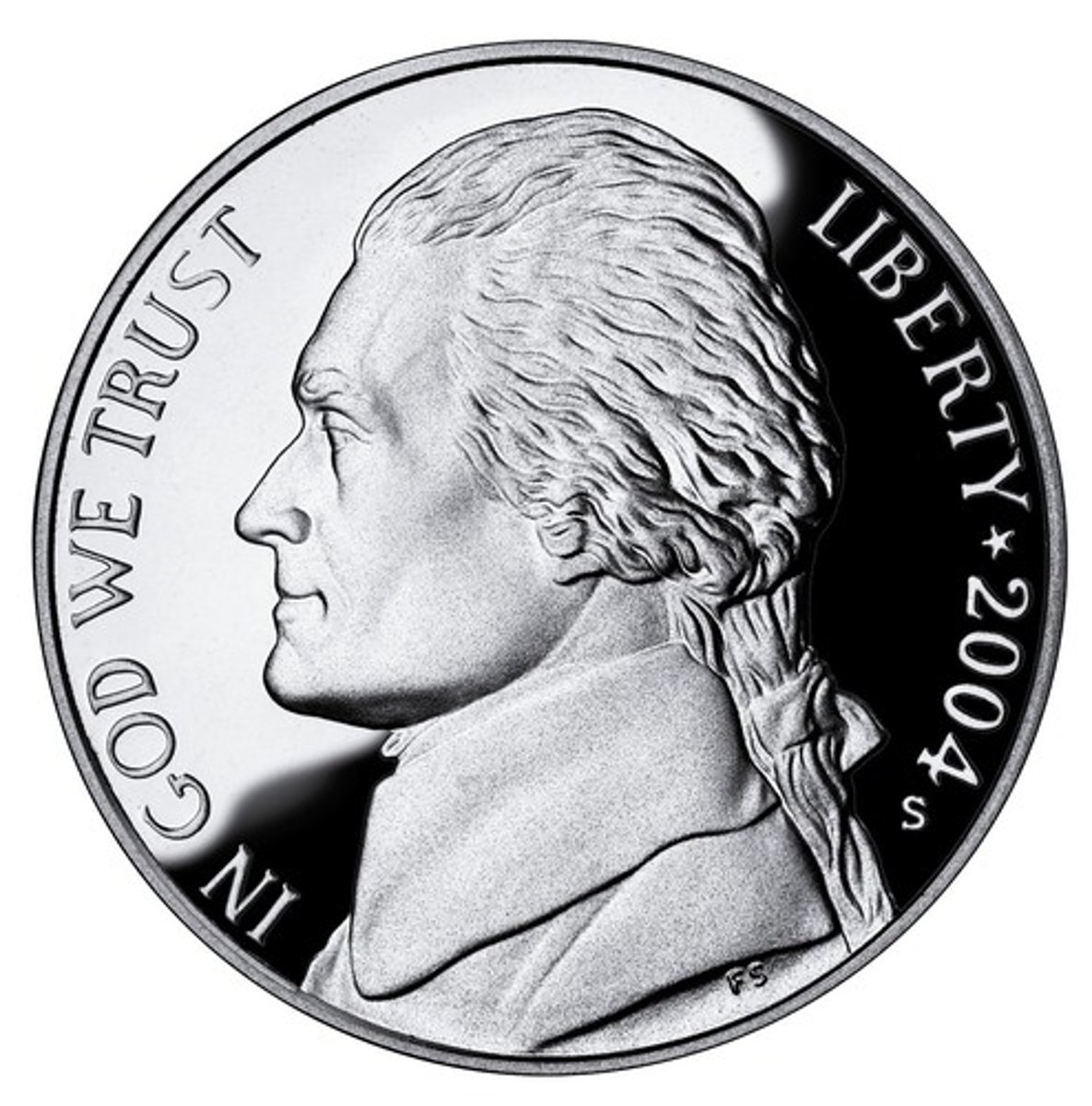
Platinum
Nickel family,+2 and +4, least reactive metal, good catalyst, Catalyst, catalytic converter, jewelry
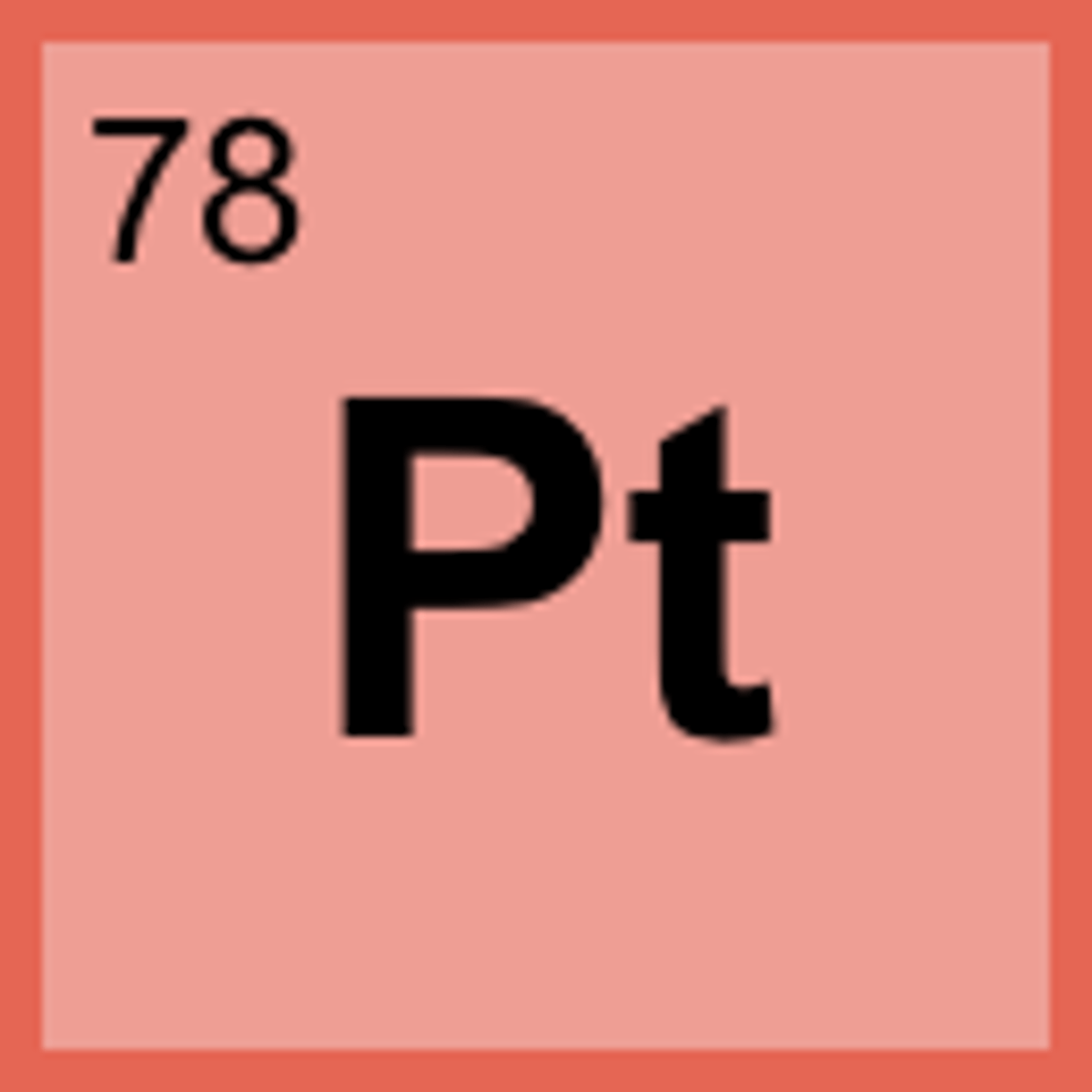
Copper
Valued for its high electrical conductivity and its resistance to corrosion
• +1, +2 oxidation state
• Used for plumbing and electrical applications (wires, integrated circuits)
Constituent in alloys such as brass, sterling silver, and gold (18-karat)
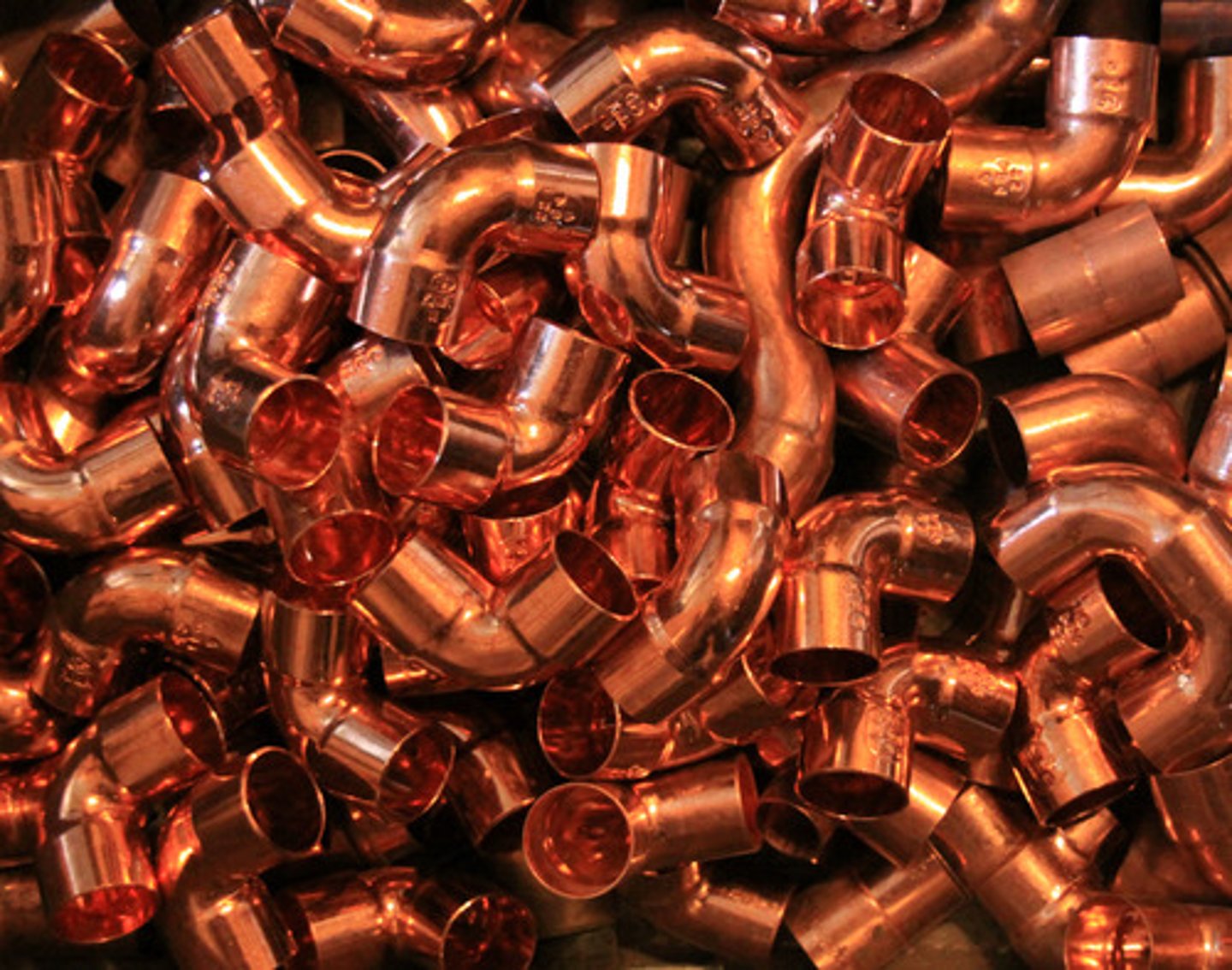
Silver
+1
alloys (mercury + silver tooth fillings), coinage metal, jewelry
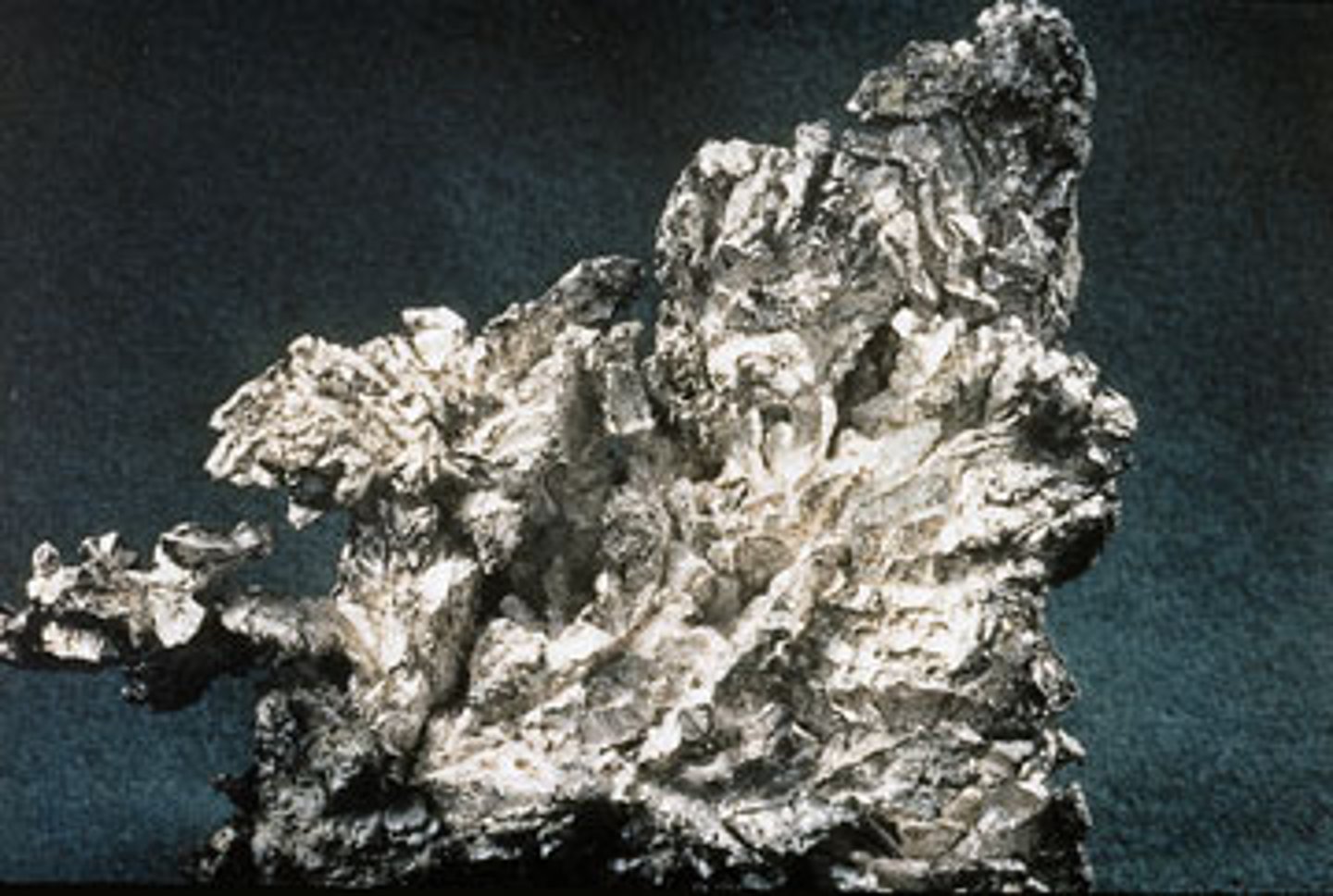
Gold
+1 and +3
Used in jewelry and tooth fillings
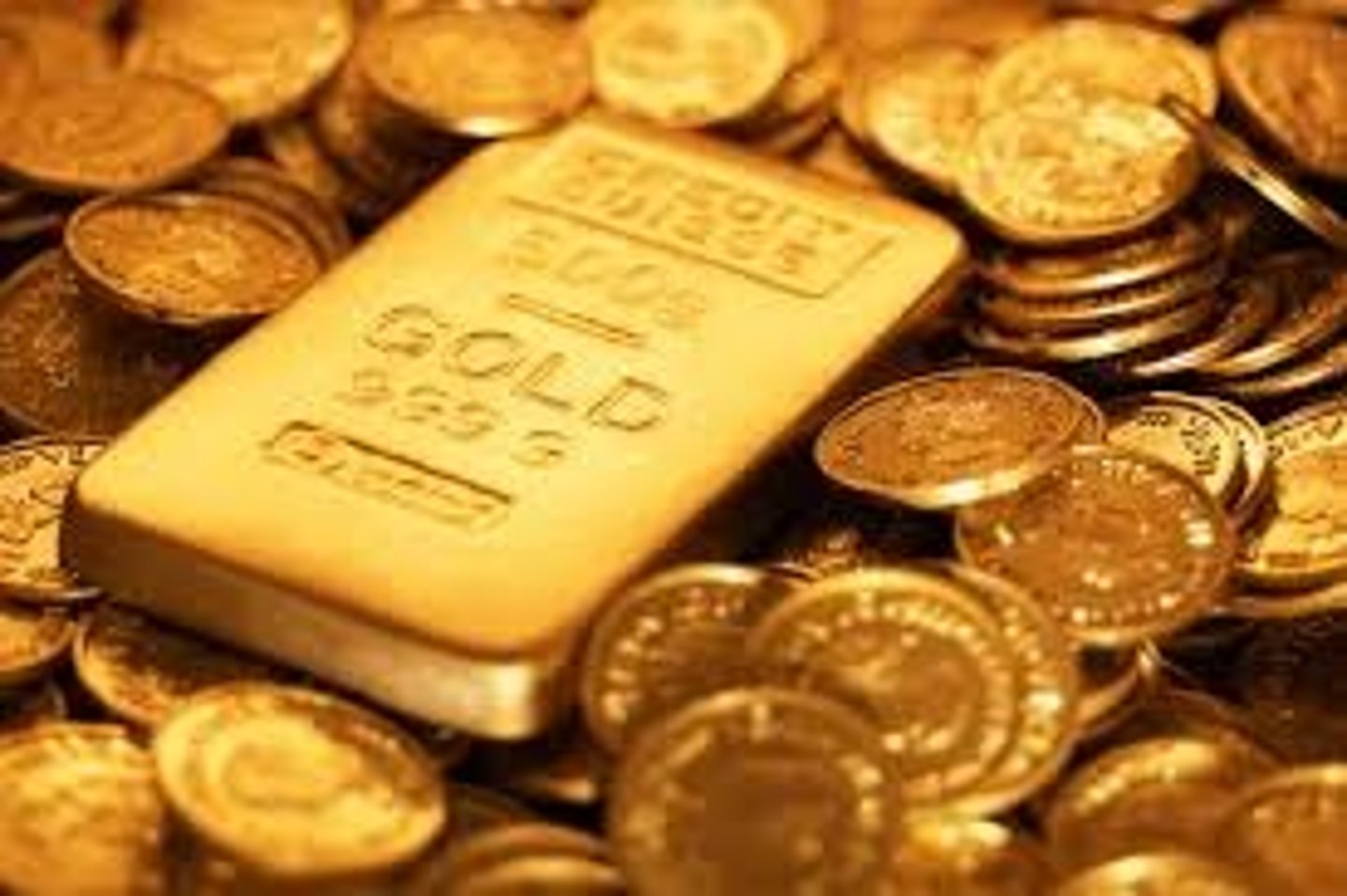
Zinc
Used for galvanizing steel
+2 oxidation state
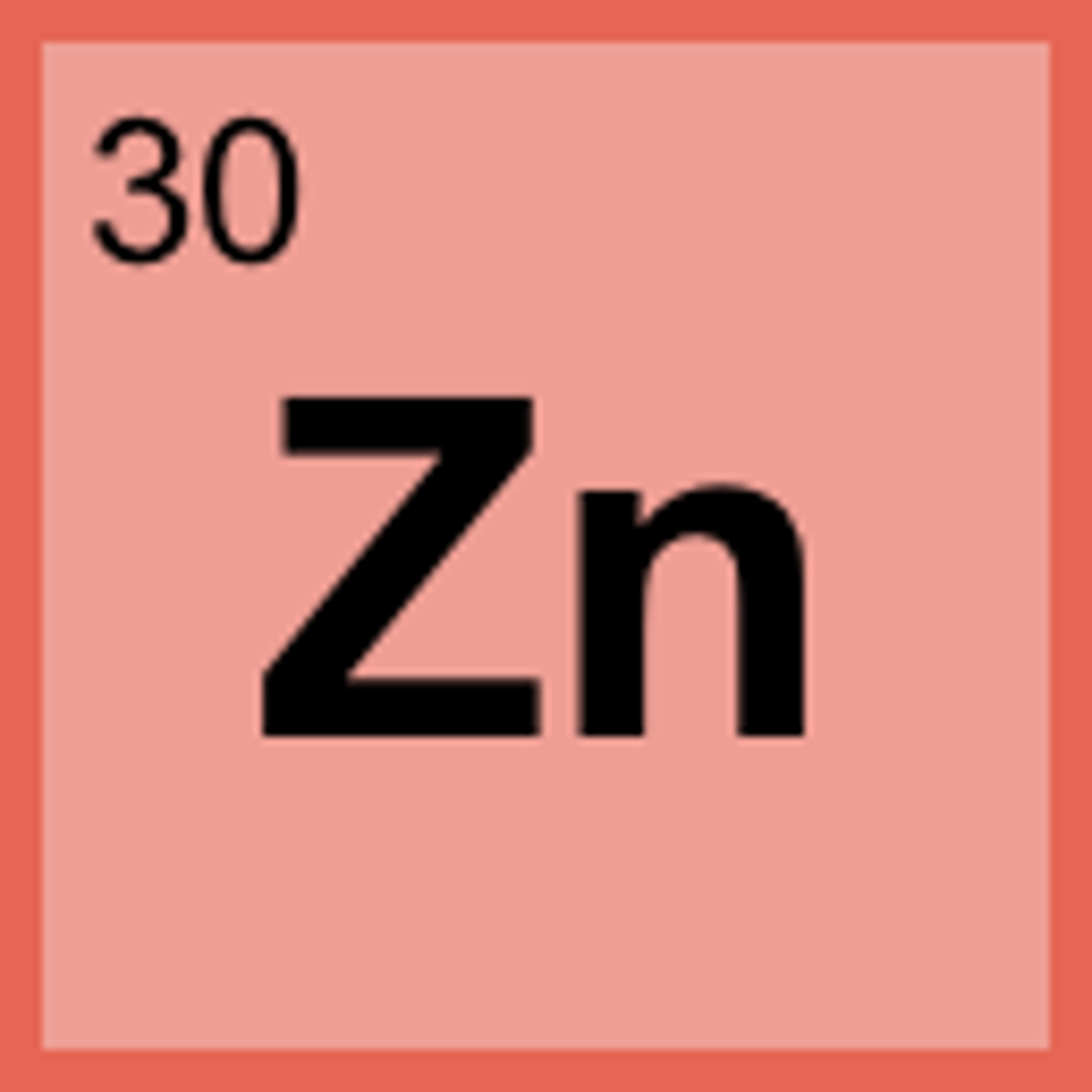
Mercury
+1 and +2,
Thermometers, barometers, dental filling (Hg in Ag), fluorescent lights, calomel electrode
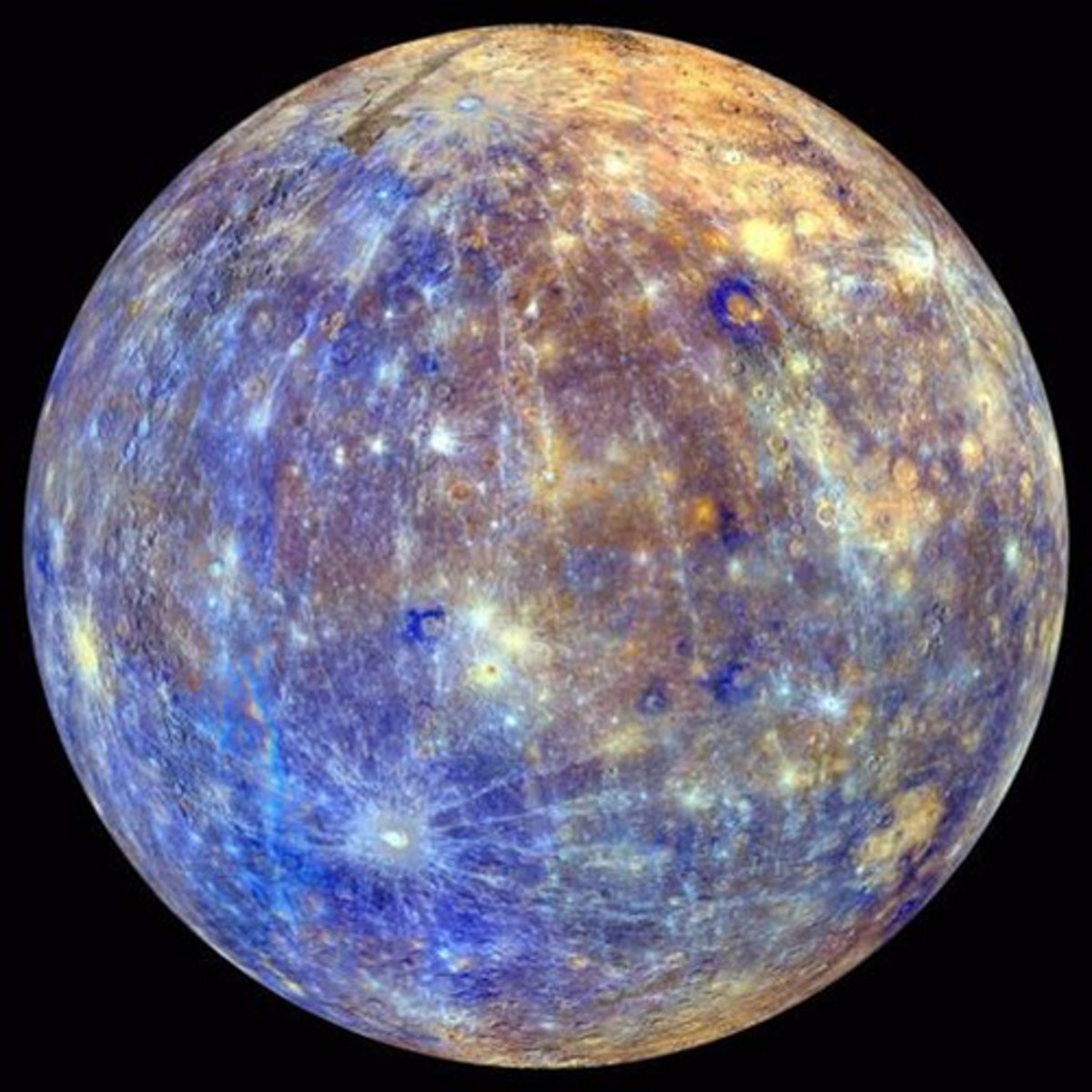
CO
carbonyl
NO
Nitrosyl
CH3NH2
methylamine
C5H5N
Pyridine
O (2-)
oxo
OH-
Hydroxo
CN-
Cyano
SO4 (2-)
sulfato (sulfate)
S2O3 (2-)
Thiosulfato
NO2 (-)
Nitrito-N-
ONO (-)
Nitrito-O-
SCN (-)
Thiocyanato-S-
NCS (-)
Thiocyanato-N-
En
ethylenediamine (bidentate)
ox (2-) or C2O4 (2-)
Oxalato (bidentate)
EDTA (4-)
ethylenediaminetetraacetato (Hexadentate)
Iron
ferrate
Copper
cuprate
tin
stannate
silver
argentate
lead
plumbate
gold
aurate
Structural isomers
Coordination, linkage, ionization
Linkage Isomers
Ligand connecting with different atoms (ex: SCN vs CNS)
Ionization isomers
Ligand and counter ion swap
Coordination isomers
Two transition metals in same complex swap partners/ligands
cis
different axes
trans
same axes, never chiral
fac
same face
mer
same plane/neighboring, never chiral